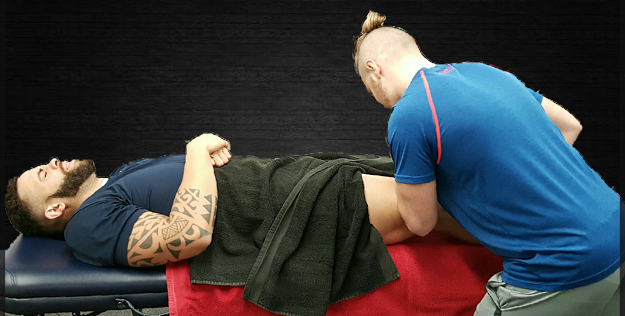The importance of recovery, and methods to use
Exercise, training or competing in matches causes stress – including to joints and ligaments – muscular damage, neural fatigue and hormonal disruption. However, it stimulates your body to adapt, potentially making you fitter, faster and stronger. After exercise adaptations occur, the body may feel sore or uncomfortable; this is known as Delayed Onset Muscle Soreness (DOMS).
Your body therefore needs to repair and rebuild in order to be more efficient for your next bout of exercise or matches. Regular training, matches and stressing your body continuously will therefore stimulate the natural process to help you become fitter, faster and stronger. But there is a limit to how much the body can be stimulated, repair and improve. Rest and recovery strategies are vitally important to help avoid ‘overtraining’.
Overtraining is “a physiological state caused by an excess accumulation of physiological, psychological, emotional, environmental, and chemical stress that leads to a sustained decrease in physical and mental performance, and that requires a relatively long recovery period.”
Signs of overtraining include:
- lethargy/low mood
- insomnia
- more frequent or longer lasting illness
- possible weight gain
- weights feel heavier than normal
- lingering soreness.
Planning your recovery strategies are just as important as planning your workouts. Effective recovery methods form the platform for the next training session or match. Proper use of recovery and restoration strategies will:
- Enhance the amount of progress made between sessions
- Reduce the risk of injuries and illness
- Help to deal with DOMS
- Allow you to train more and with more intensity
- Natural adaptation for performance enhancement.

Recovery and Restoration Methods:
- ice baths/contrast baths/showers
- massage
- sleep
- active recovery/foam rolling/stretching
- skins
- hydration & nutrition
- hydro-therapy
- compression devices/electric stimulation
- deload weeks.
Methods to use all the time:
- rehydrate
- post workout recovery drink, prp amino work capacity or a high quality bcaa/protein shake
- general nutritional strategies rehydrate
- active recovery, cool downs, stretching post training/matches
- skins 8 – 12 hours post workout
- rest at least two hours between morning and afternoon sessions
- sleep at least eight hours a night.
- napping
- breathing patterns and meditation.
Methods to Use after High Intensity Sessions
- Cryotherapy – Ice Bath: 2 – 10 minutes or Cold Shower 2 minutes
- Contrast – Alternating between cold and hot 1:1 ratio around 7 rotations, finish on cold
- Hydro-Therapy – Pool Sessions.
Methods to use after high volume sessions:
- contrast – alternating between cold and hot 30 seconds of cold, 30 seconds hot for 4 minutes, finish on cold
- compression devices – air relax
- electric stimulation – complex.
Methods to use weekly (1-2x a week)
- whole body massage
- epsom/himalayan sea salt baths
- pool recovery
- sauna

